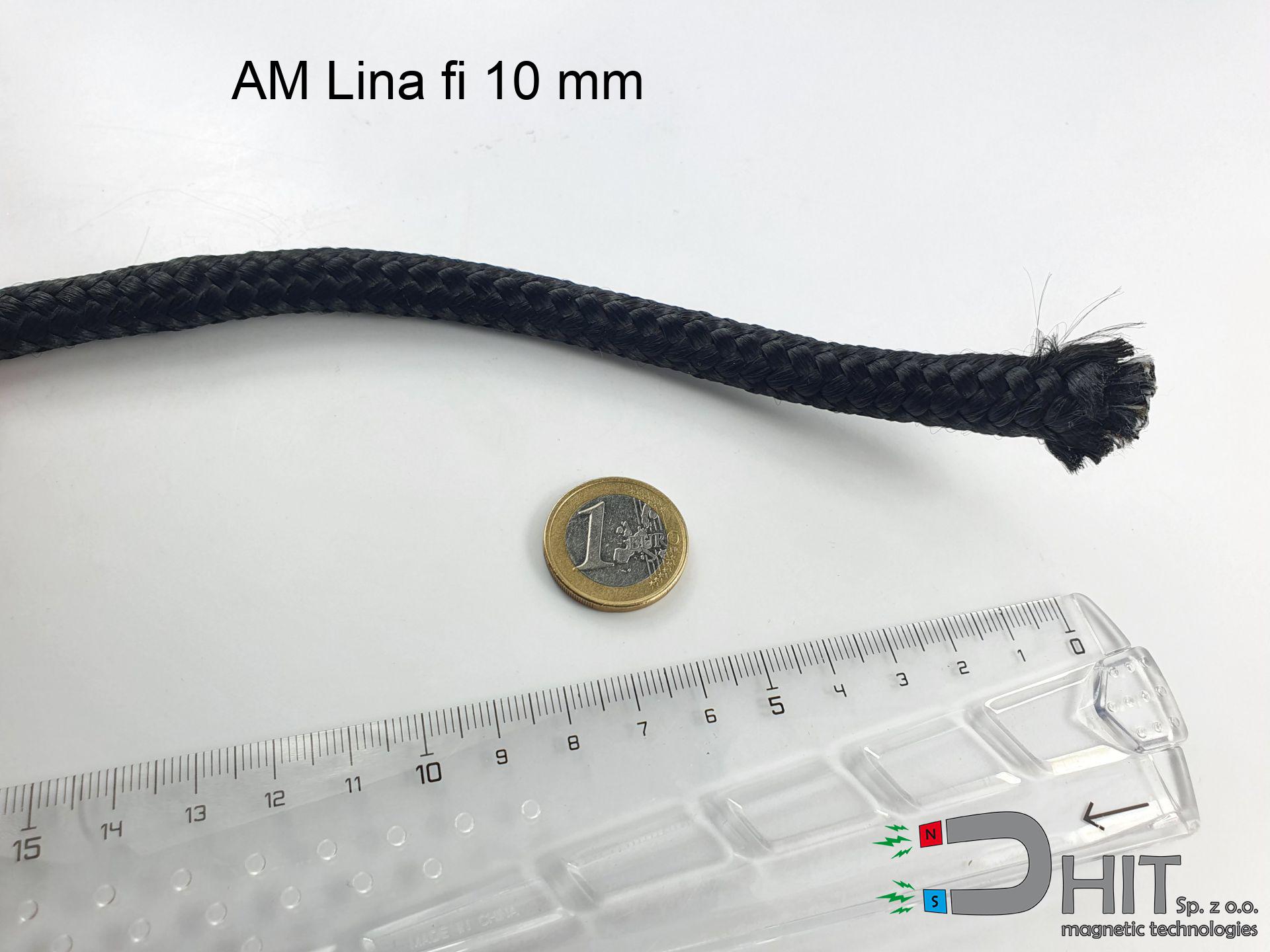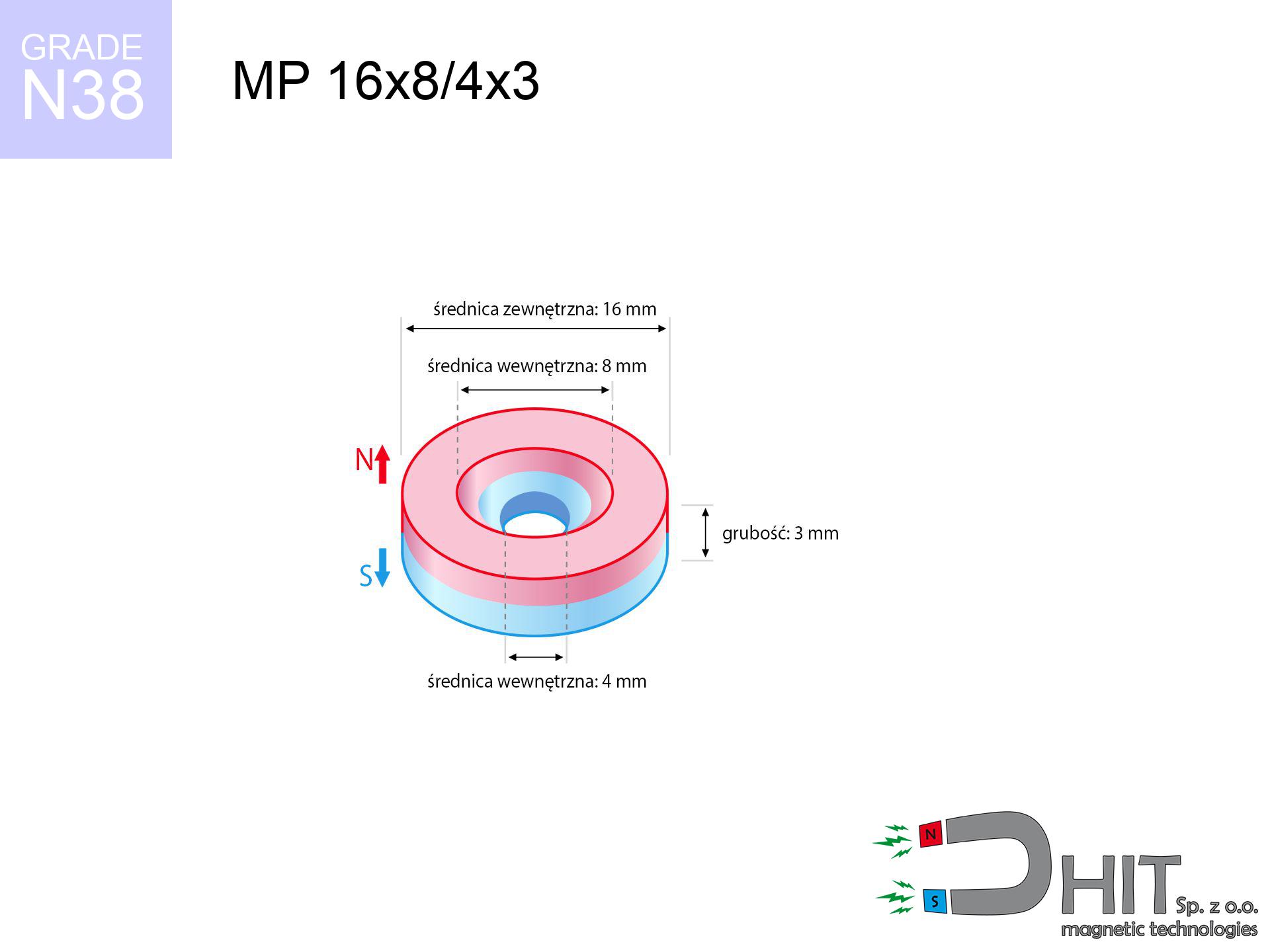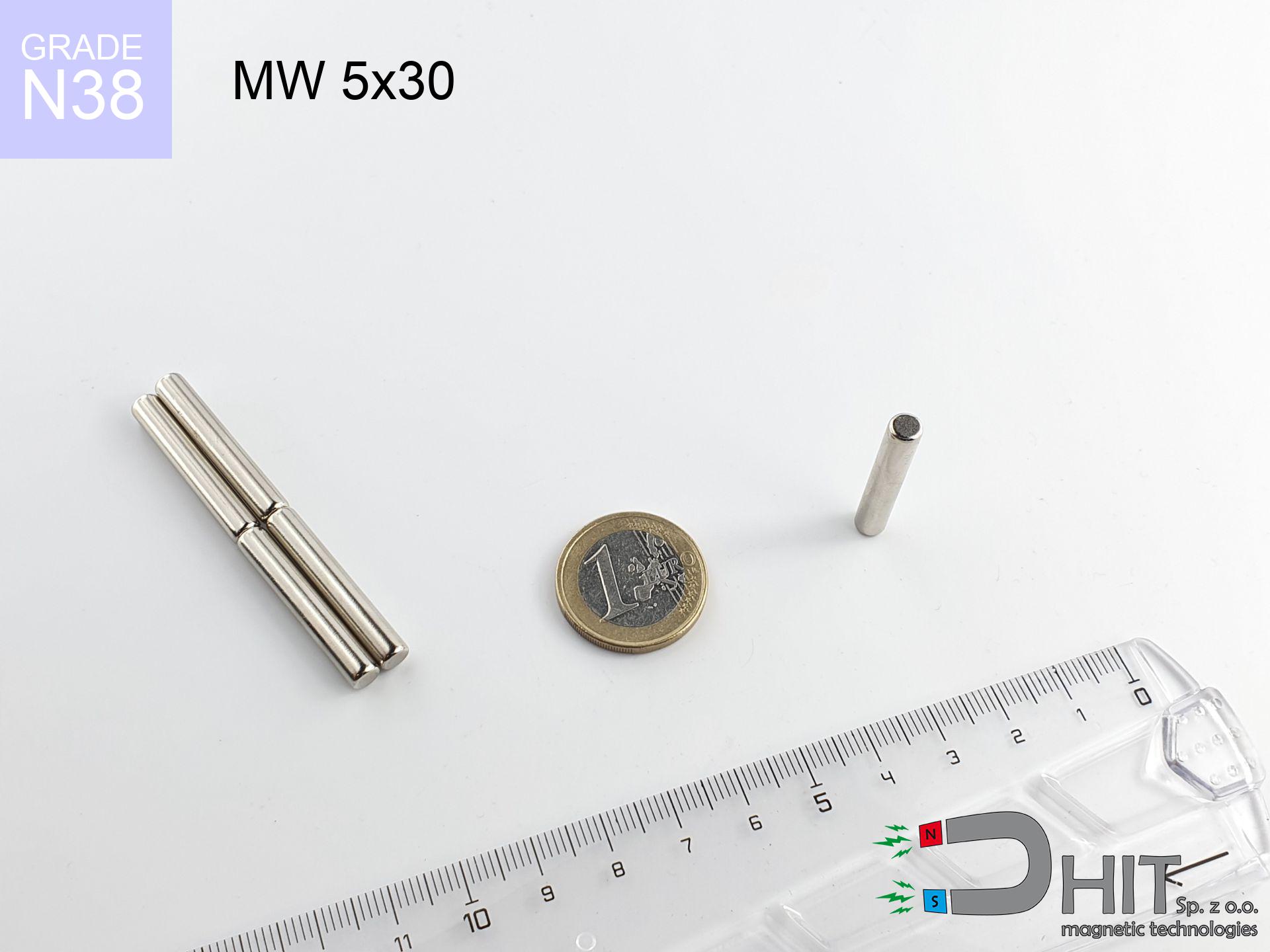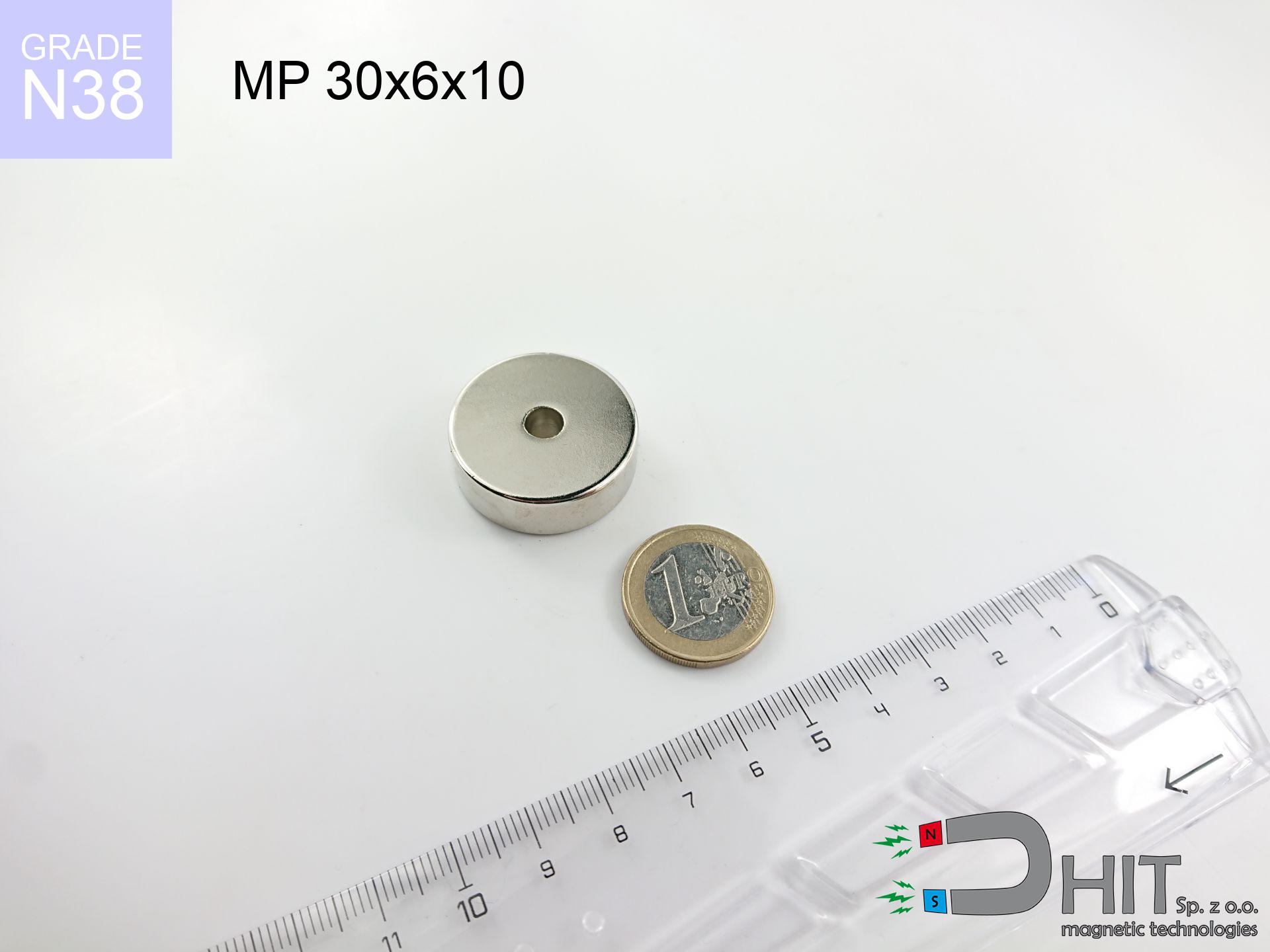AM lina fi 10 mm - magnetic accessories
magnetic accessories
Catalog no 080216
GTIN/EAN: 5906301812456
Weight
32 g
Load capacity
1592.00 kg / 15612.19 N
1.476 ZŁ with VAT / pcs + price for transport
1.200 ZŁ net + 23% VAT / pcs
bulk discounts:
Need more?
Call us
+48 22 499 98 98
alternatively get in touch by means of
request form
our website.
Lifting power and structure of a neodymium magnet can be tested using our
power calculator.
Same-day shipping for orders placed before 14:00.
Technical of the product - AM lina fi 10 mm - magnetic accessories
Specification / characteristics - AM lina fi 10 mm - magnetic accessories
| properties | values |
|---|---|
| Cat. no. | 080216 |
| GTIN/EAN | 5906301812456 |
| Production/Distribution | Dhit sp. z o.o. |
| Country of origin | Poland / China / Germany |
| Customs code | 85059029 |
| Weight | 32 g |
| Load capacity ~ ? | 1592.00 kg / 15612.19 N |
| Manufacturing Tolerance | ±1 mm |
Physical properties of sintered neodymium magnets Nd2Fe14B at 20°C
| properties | values | units |
|---|---|---|
| Vickers hardness | ≥550 | Hv |
| Density | ≥7.4 | g/cm3 |
| Curie Temperature TC | 312 - 380 | °C |
| Curie Temperature TF | 593 - 716 | °F |
| Specific resistance | 150 | μΩ⋅cm |
| Bending strength | 250 | MPa |
| Compressive strength | 1000~1100 | MPa |
| Thermal expansion parallel (∥) to orientation (M) | (3-4) x 10-6 | °C-1 |
| Thermal expansion perpendicular (⊥) to orientation (M) | -(1-3) x 10-6 | °C-1 |
| Young's modulus | 1.7 x 104 | kg/mm² |
Material specification
| iron (Fe) | 64% – 68% |
| neodymium (Nd) | 29% – 32% |
| boron (B) | 1.1% – 1.2% |
| dysprosium (Dy) | 0.5% – 2.0% |
| coating (Ni-Cu-Ni) | < 0.05% |
Sustainability
| recyclability (EoL) | 100% |
| recycled raw materials | ~10% (pre-cons) |
| carbon footprint | low / zredukowany |
| waste code (EWC) | 16 02 16 |
Other proposals
Pros and cons of neodymium magnets.
Strengths
- They have constant strength, and over nearly 10 years their attraction force decreases symbolically – ~1% (in testing),
- They possess excellent resistance to magnetism drop when exposed to opposing magnetic fields,
- By covering with a decorative layer of silver, the element acquires an aesthetic look,
- The surface of neodymium magnets generates a powerful magnetic field – this is a distinguishing feature,
- Due to their durability and thermal resistance, neodymium magnets are capable of operate (depending on the form) even at high temperatures reaching 230°C or more...
- Thanks to freedom in designing and the capacity to modify to client solutions,
- Universal use in modern industrial fields – they are commonly used in mass storage devices, motor assemblies, medical devices, as well as technologically advanced constructions.
- Compactness – despite small sizes they offer powerful magnetic field, making them ideal for precision applications
Weaknesses
- At strong impacts they can crack, therefore we recommend placing them in steel cases. A metal housing provides additional protection against damage, as well as increases the magnet's durability.
- Neodymium magnets lose their force under the influence of heating. As soon as 80°C is exceeded, many of them start losing their force. Therefore, we recommend our special magnets marked [AH], which maintain stability even at temperatures up to 230°C
- When exposed to humidity, magnets usually rust. To use them in conditions outside, it is recommended to use protective magnets, such as magnets in rubber or plastics, which prevent oxidation as well as corrosion.
- We recommend a housing - magnetic mechanism, due to difficulties in producing nuts inside the magnet and complex shapes.
- Possible danger to health – tiny shards of magnets are risky, if swallowed, which is particularly important in the aspect of protecting the youngest. Additionally, tiny parts of these products can disrupt the diagnostic process medical after entering the body.
- With mass production the cost of neodymium magnets is a challenge,
Holding force characteristics
Maximum lifting force for a neodymium magnet – what it depends on?
- on a block made of mild steel, effectively closing the magnetic field
- whose thickness is min. 10 mm
- characterized by smoothness
- under conditions of gap-free contact (surface-to-surface)
- under vertical force direction (90-degree angle)
- at ambient temperature room level
Lifting capacity in real conditions – factors
- Space between surfaces – even a fraction of a millimeter of distance (caused e.g. by veneer or dirt) drastically reduces the magnet efficiency, often by half at just 0.5 mm.
- Load vector – highest force is reached only during pulling at a 90° angle. The shear force of the magnet along the surface is usually many times lower (approx. 1/5 of the lifting capacity).
- Steel thickness – too thin plate does not accept the full field, causing part of the flux to be lost into the air.
- Metal type – not every steel attracts identically. High carbon content worsen the attraction effect.
- Surface condition – ground elements guarantee perfect abutment, which improves force. Rough surfaces weaken the grip.
- Temperature influence – high temperature reduces pulling force. Exceeding the limit temperature can permanently demagnetize the magnet.
Lifting capacity was assessed using a smooth steel plate of optimal thickness (min. 20 mm), under perpendicular detachment force, however under shearing force the holding force is lower. Moreover, even a small distance between the magnet’s surface and the plate lowers the load capacity.
H&S for magnets
Crushing risk
Protect your hands. Two powerful magnets will snap together immediately with a force of massive weight, crushing anything in their path. Exercise extreme caution!
Electronic devices
Device Safety: Neodymium magnets can damage payment cards and delicate electronics (pacemakers, medical aids, timepieces).
Fragile material
Despite the nickel coating, neodymium is delicate and not impact-resistant. Avoid impacts, as the magnet may shatter into hazardous fragments.
Maximum temperature
Regular neodymium magnets (grade N) lose power when the temperature exceeds 80°C. Damage is permanent.
Powerful field
Exercise caution. Neodymium magnets act from a distance and connect with massive power, often faster than you can react.
Pacemakers
Patients with a ICD have to maintain an safe separation from magnets. The magnetic field can disrupt the operation of the implant.
Do not drill into magnets
Mechanical processing of NdFeB material carries a risk of fire risk. Neodymium dust reacts violently with oxygen and is hard to extinguish.
Swallowing risk
Strictly store magnets out of reach of children. Choking hazard is high, and the consequences of magnets clamping inside the body are tragic.
Phone sensors
GPS units and mobile phones are highly susceptible to magnetic fields. Direct contact with a strong magnet can decalibrate the sensors in your phone.
Avoid contact if allergic
Certain individuals experience a contact allergy to Ni, which is the standard coating for neodymium magnets. Prolonged contact might lead to an allergic reaction. We recommend wear safety gloves.




![HH 32x7.8 [M5] / N38 - through hole magnetic holder HH 32x7.8 [M5] / N38 - through hole magnetic holder](https://cdn3.dhit.pl/graphics/products/hh-32x7.8-m5-war.jpg)



